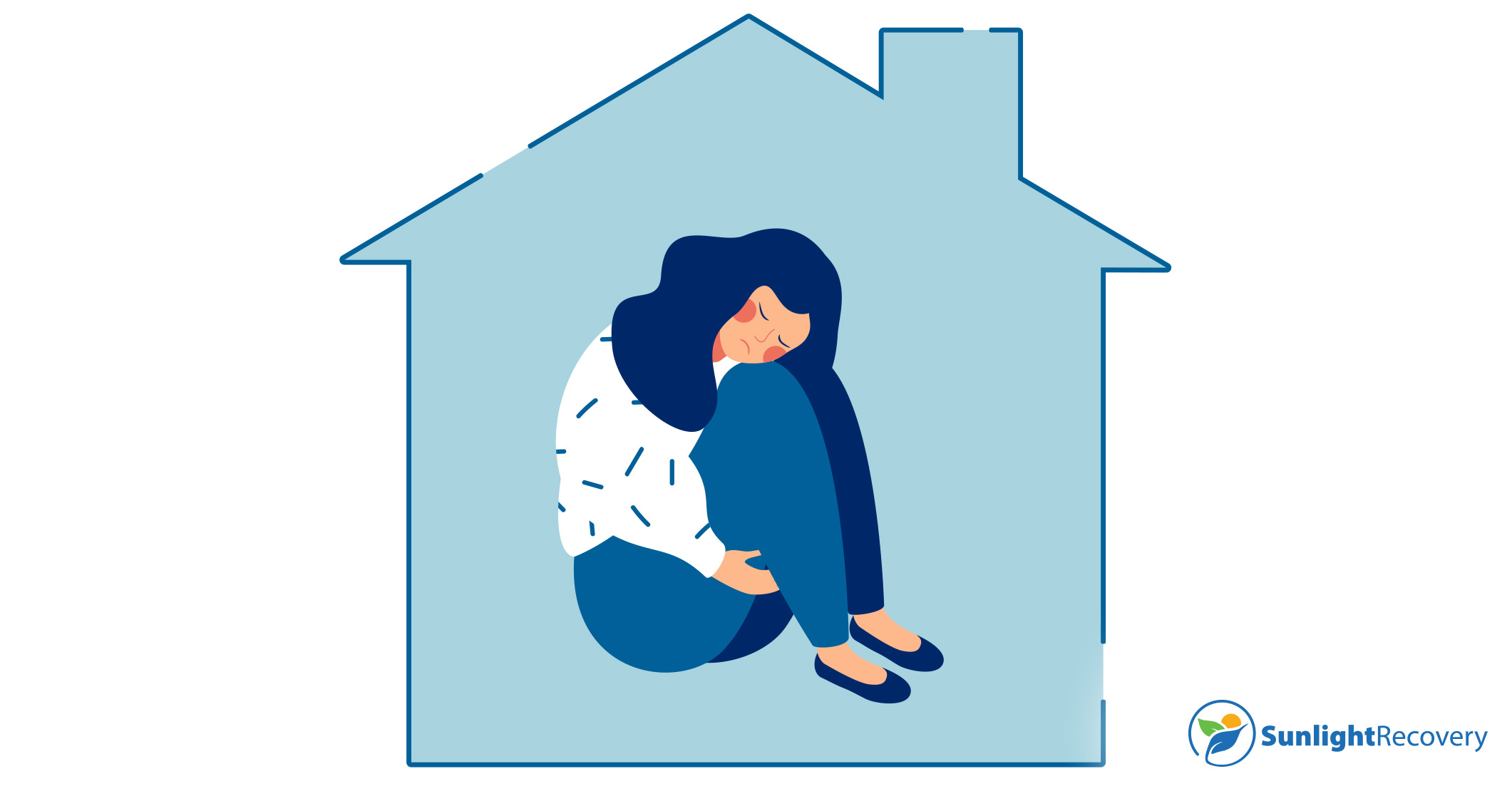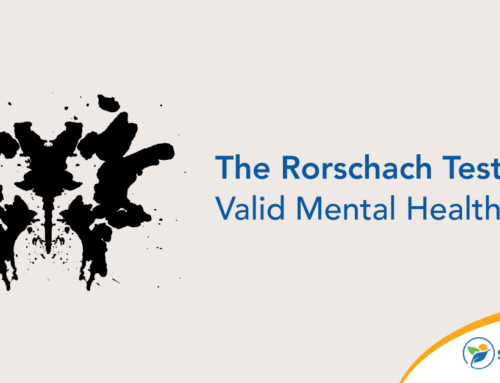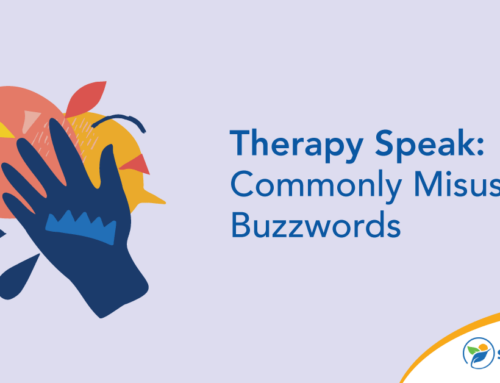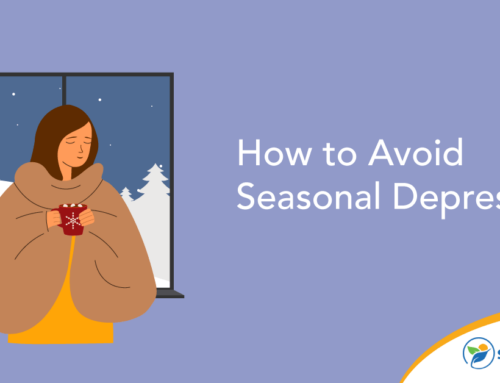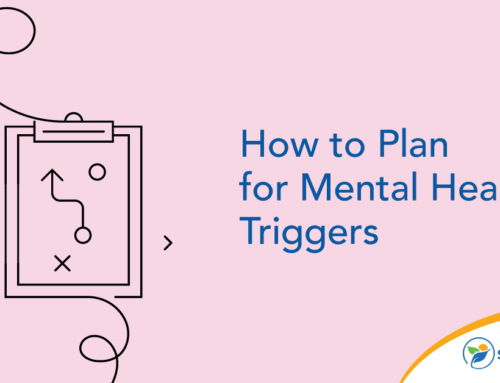When you have agoraphobia, just the thought of going out in public or being in an enclosed space may cause feelings of dread or anxiety. You may fear getting trapped, causing you to avoid certain situations or places. Some people refuse to leave their homes at all. Living with agoraphobia can be challenging, but it doesn’t have to control your life. Learn how to overcome agoraphobia by facing fears and building confidence in your ability to manage difficult or stressful situations.
Understanding Agoraphobia
Agoraphobia is an anxiety disorder that causes excessive fear or worry of being trapped in certain situations or places. These overwhelming feelings of anxiety may hinder a person’s ability to escape or get help. Individuals may avoid new places or triggering situations, including large, open areas, enclosed spaces, public transportation and lines or crowds.
According to the National Library of Medicine, about 1.7% of the general population struggles with agoraphobia. The exact cause of agoraphobia is unknown, but some researchers believe it originates from an existing panic disorder, which can cause short, intense attacks of fear for no apparent reason.
People may avoid places or situations they believe will cause panic attacks, deterring them from visiting unfamiliar places or going out in public alone. Sometimes, the fear is so overwhelming that they refuse to leave home.
Symptoms of Agoraphobia
Agoraphobia can cause excessive, persistent feelings of worry, fear, anxiety or stress that are usually disproportionate to the actual danger of the situation. Common symptoms of agoraphobia are similar to those of a panic attack and include:
- Rapid heart rate
- Chest pain
- Hyperventilating
- Excessive sweating
- Stomach pain, nausea or diarrhea
- Feeling shaky, tingly or numb
- Sudden chills or flushing
- Fainting or falling
These symptoms can severely affect your ability to navigate work, school, social relationships or daily tasks, such as running errands. However, learning how to manage these symptoms can improve your condition.
Gradual Exposure Therapy Techniques for Overcoming a Fear of Being Trapped
One of the most effective methods of overcoming agoraphobia is facing fears. At first, this may sound impossible to do. When someone has a phobia, their natural instinct is to avoid the source of their fear. Avoidance may reduce feelings of fear and stress in the moment, but it can worsen your phobia over time.
Exposure therapy is a psychological treatment that helps people confront their fears. A psychologist creates a safe, controlled environment to gradually expose individuals to the feared object or situation, helping them become desensitized and decrease avoidance.
There are several types of exposure therapy your psychologist may recommend, depending on the intensity of your agoraphobia. They may also suggest a combination of methods as your symptoms evolve.
In Vivo Exposure
This method involves directly facing a fear in real life. Your therapist may have you visit a public space or crowded area you typically avoid or go for a walk outside if you struggle with leaving the house. It all depends on your comfort level and severity of symptoms. Your sessions may start with mild or moderate exposure and ease into more difficult situations.
Virtual Reality Exposure
If in vivo exposure isn’t practical or is too overwhelming, your therapist may suggest virtual reality exposure. Using specialized equipment, you’ll virtually participate in a feared activity, such as standing in line or visiting an unfamiliar place. Your therapist may ask what you see, hear or feel and repeat the exercise until your fearful perception of that activity lessens.
Imaginal Exposure
With imaginal exposure, you’ll be instructed to vividly imagine an anxious situation. For example, if you’re afraid of being trapped in a large crowd, your therapist may ask you to recall a time you were in a crowd and how you felt being there. They may also ask you to envision yourself in a theoretical situation, such as at a crowded concert or festival, and what feelings or emotions it triggers.
Interoceptive Exposure
Interoceptive exposure involves triggering physical sensations associated with a feared activity, situation or object. Your therapist may instruct you to run in place to increase your heart rate or breathe quickly to induce hyperventilation. This helps you understand that these feelings can be uncomfortable without being harmful, making it easier to engage in situations that cause them.
Cognitive Behavioral Strategies for Managing Anxiety and Panic Attacks
Cognitive behavioral therapy (CBT) is another strategy for coping with agoraphobia. CBT focuses on altering a person’s negative or harmful thoughts to shift unhealthy actions or behaviors. Research suggests it effectively treats anxiety disorders, including specific phobias.
You can’t control when you experience anxiety or panic attacks, but CBT can help you better manage symptoms. A therapist will help you identify negative thought patterns and how they influence your behavior through exercises such as writing or journaling.
You may be asked to keep a panic diary to identify situations that trigger negative feelings or write down affirmations to alleviate symptoms. These insights can help you understand why certain scenarios cause fear or stress and replace negative thoughts with positive ones.
CBT also teaches healthier coping strategies for reducing stress, managing anxiety and changing maladaptive behaviors. For example, your therapist may recommend relaxation techniques, including deep breathing, listening to music or focusing on the five senses. These techniques can help you feel grounded and in tune with your body during anxiety-provoking situations.
When you feel more in control over your body and emotions during stressful experiences, your fear and anxiety may decrease, making it easier to understand the situation and develop practical solutions.
Building Self-Confidence With Agoraphobia by Facing Fears
The only way to overcome agoraphobia is to work through it. Facing your fears can seem overwhelming or even impossible. However, the more exposure you have to them, the more confident and resilient you’ll be in their presence.
Building a strong support network can make treating agoraphobia more manageable. Join a support group or ask close friends or family members to accompany you during fearful activities. This gives you people to celebrate successes and share challenges with, helping you feel less alone.
If agoraphobia is negatively impacting your quality of life, seek professional treatment. At Sunlight Recovery, we can help you better manage feelings of anxiety, stress or panic through therapy, medication or relaxation techniques. Contact us today to learn more about our services and improve your confidence and mental well-being.


